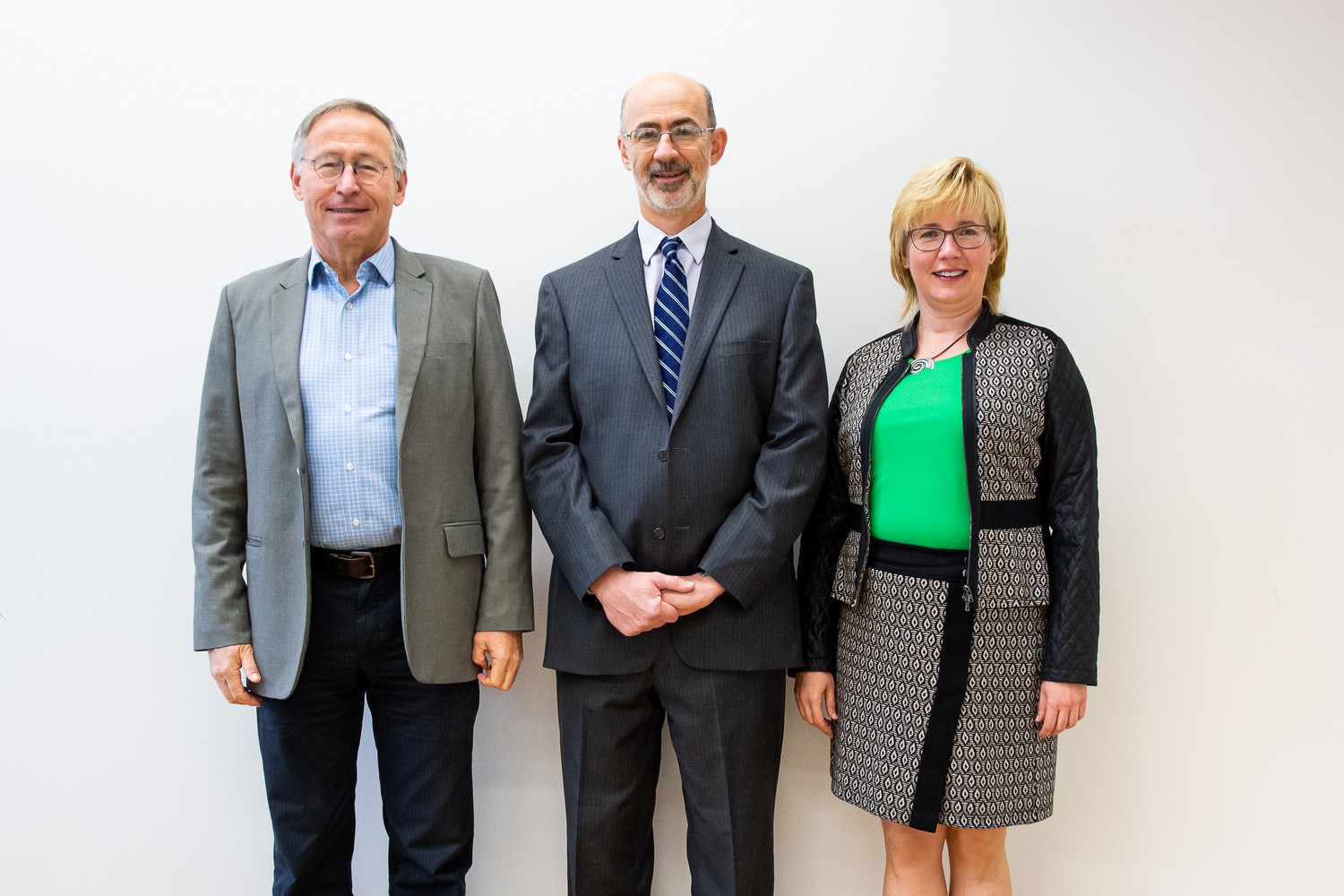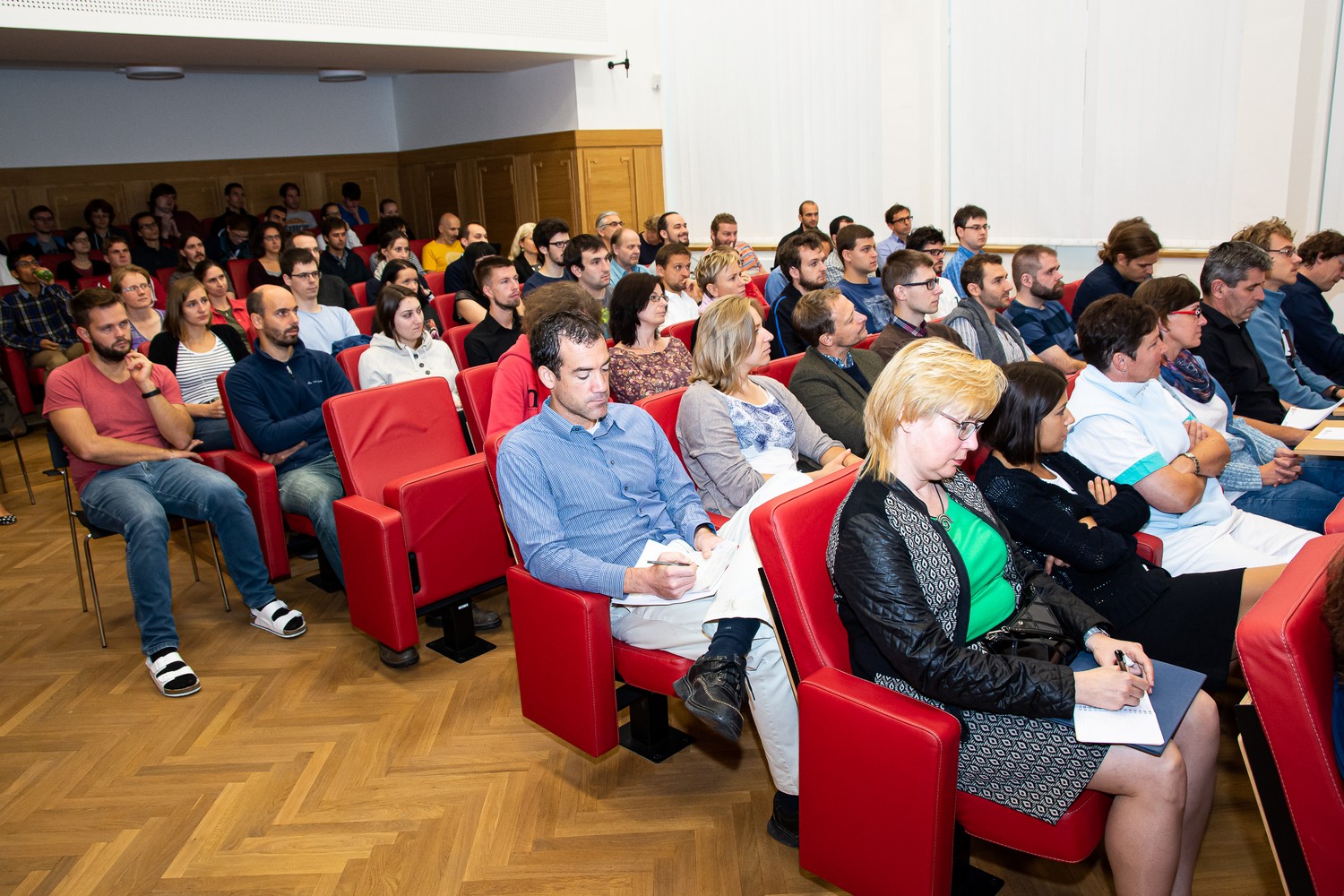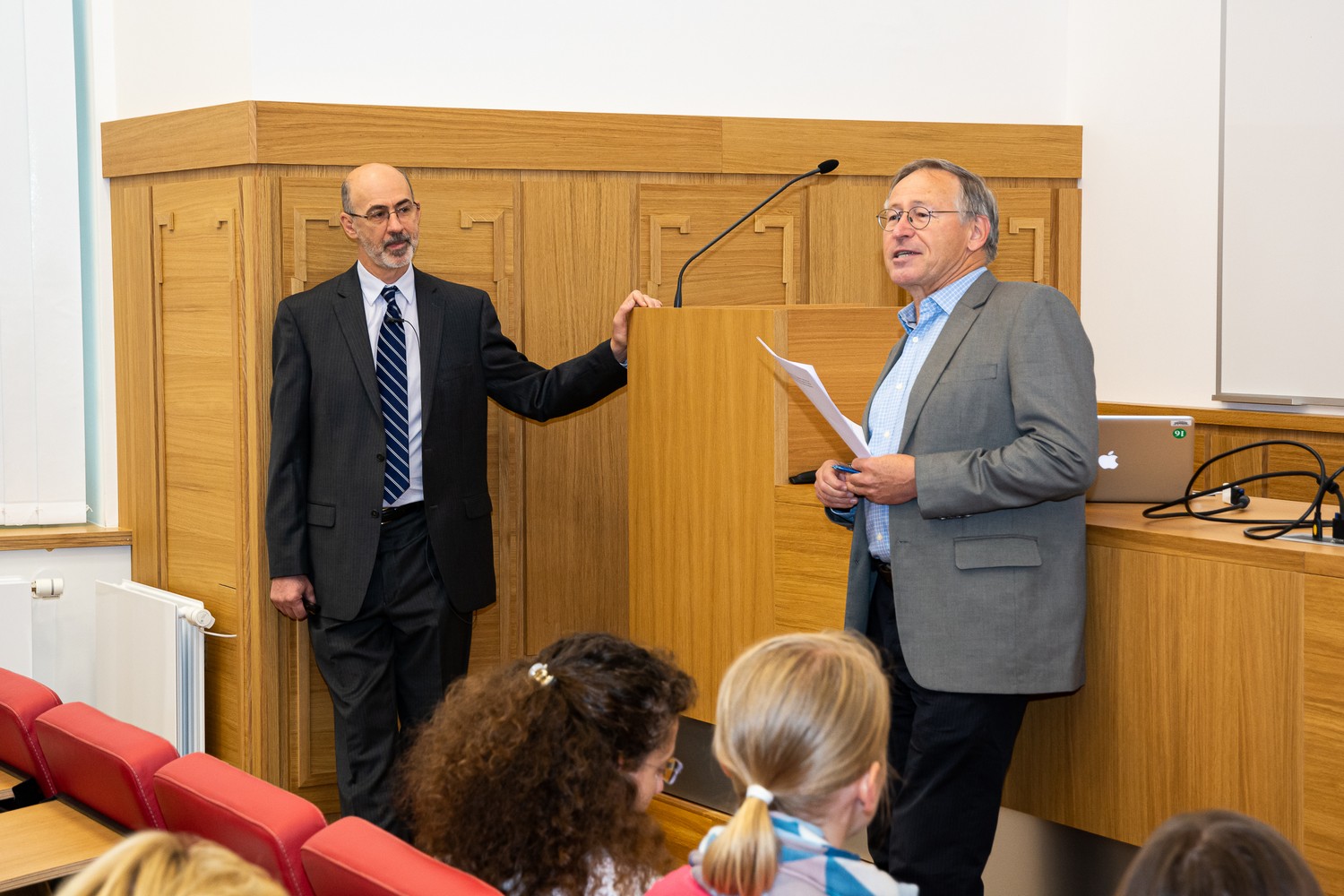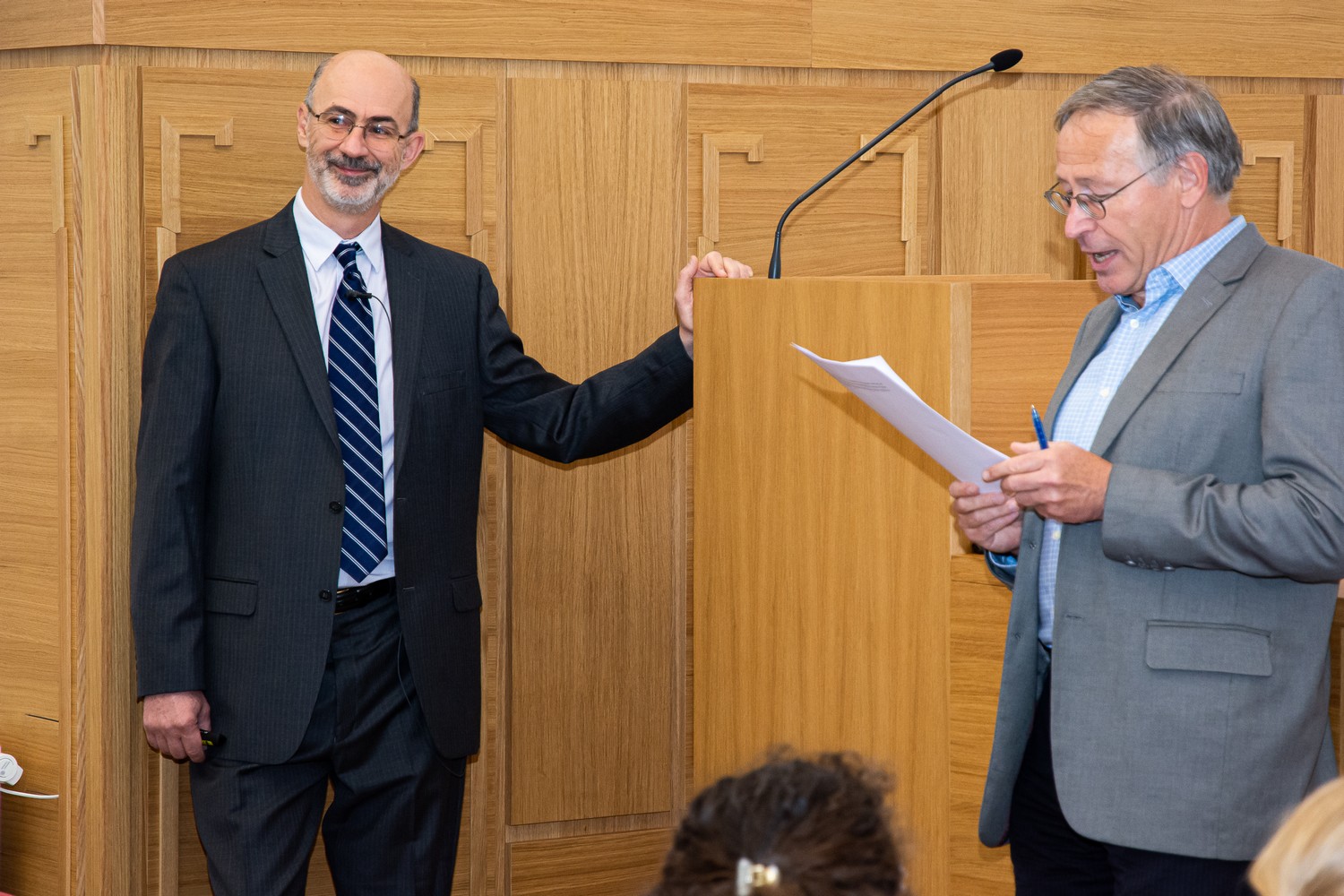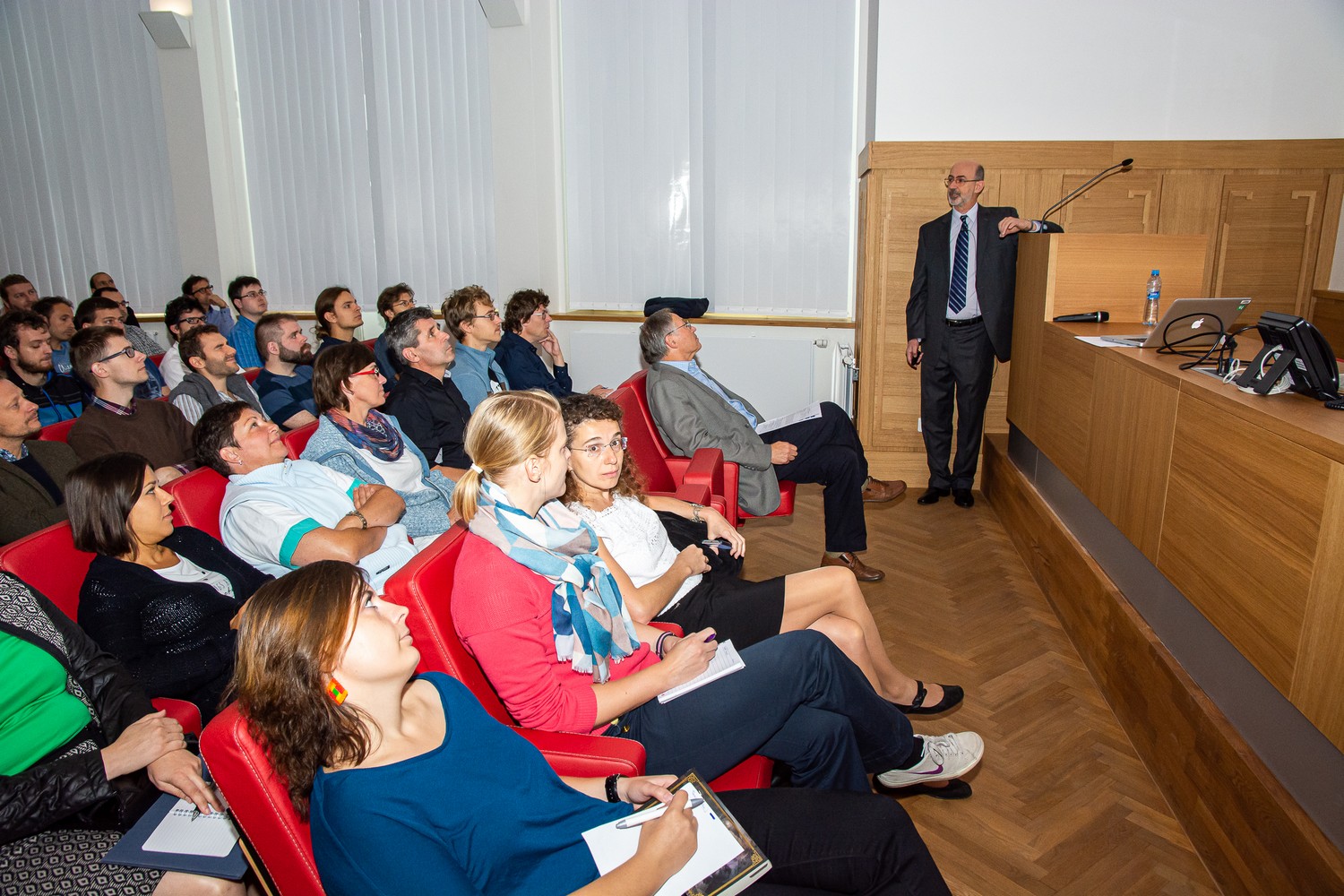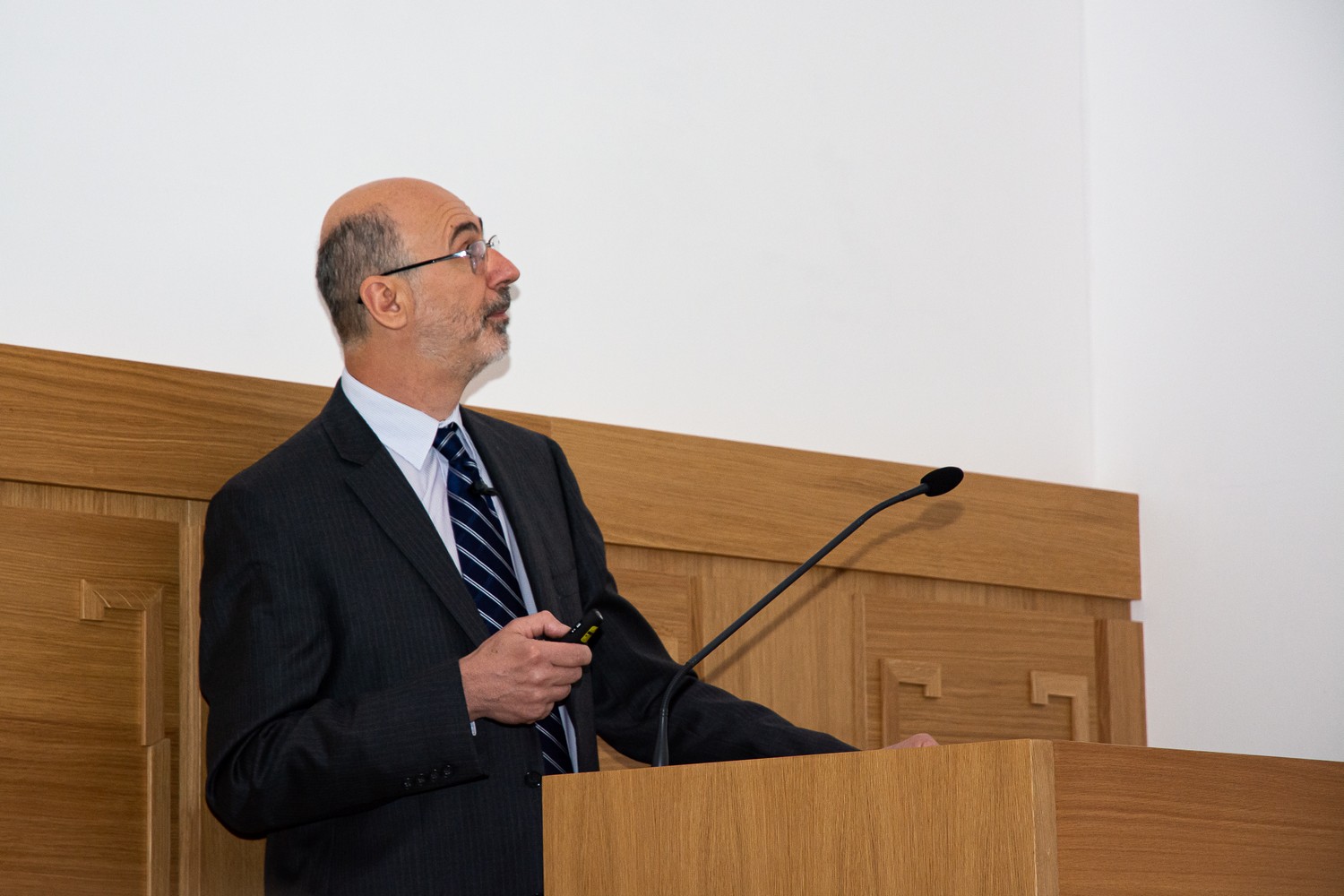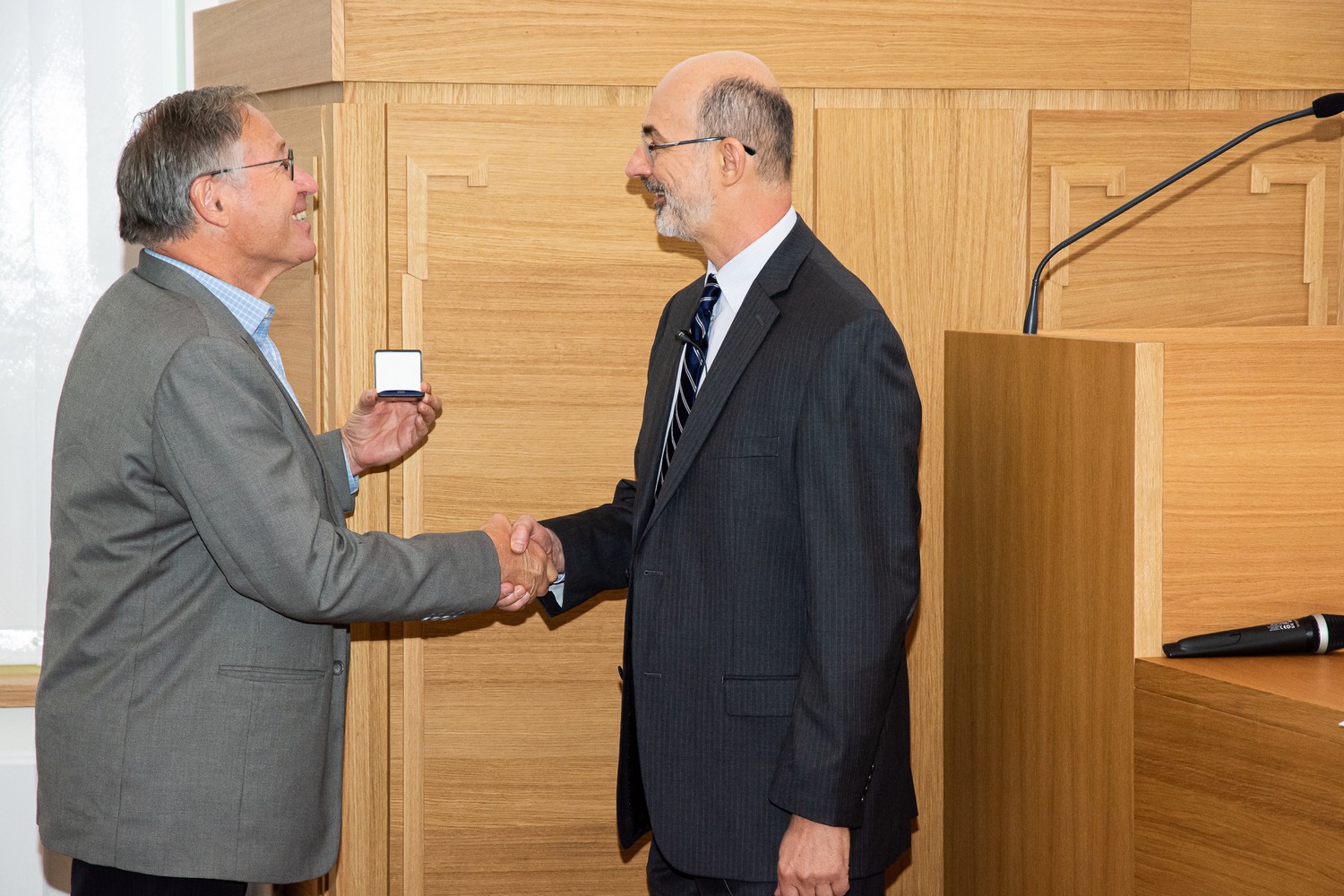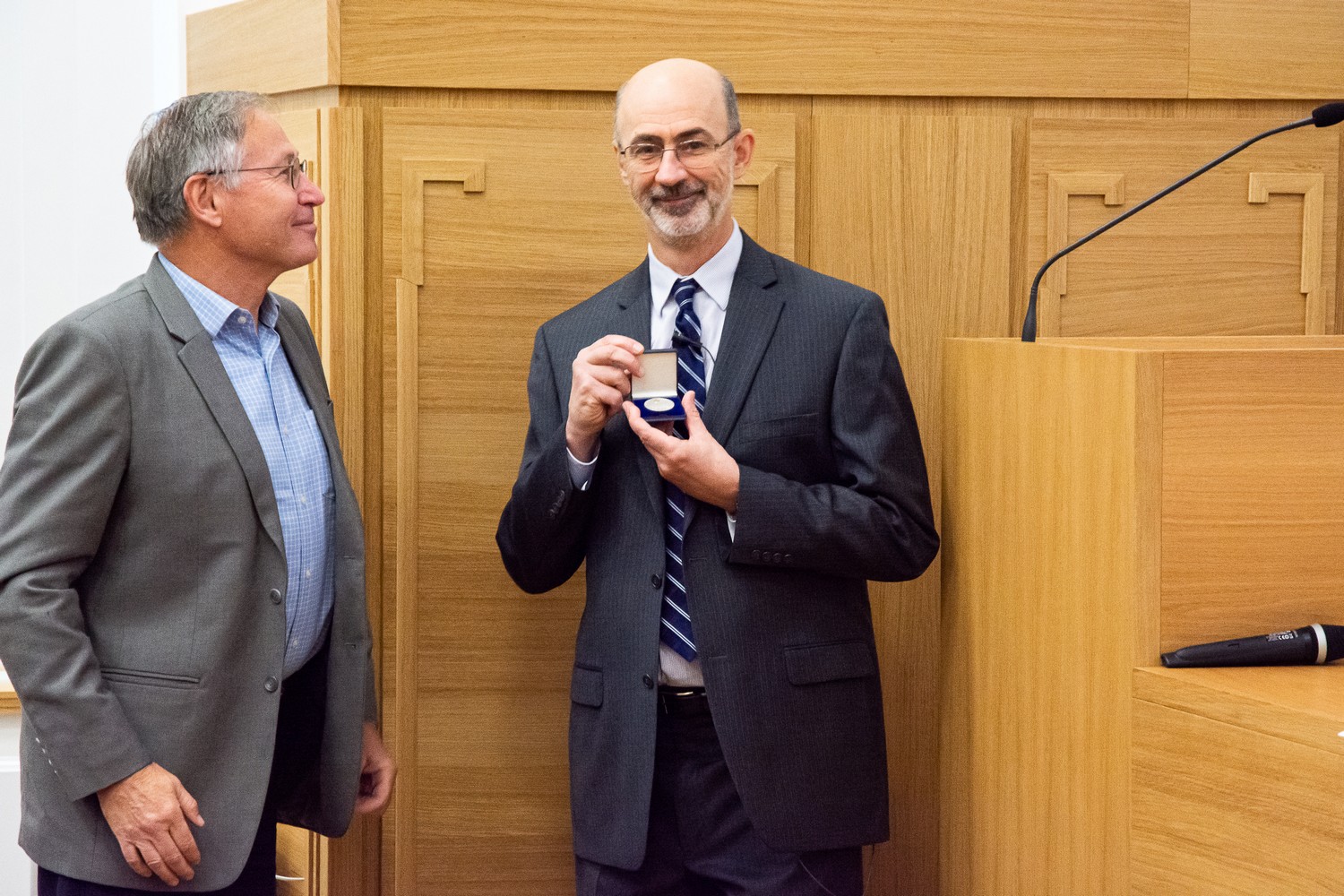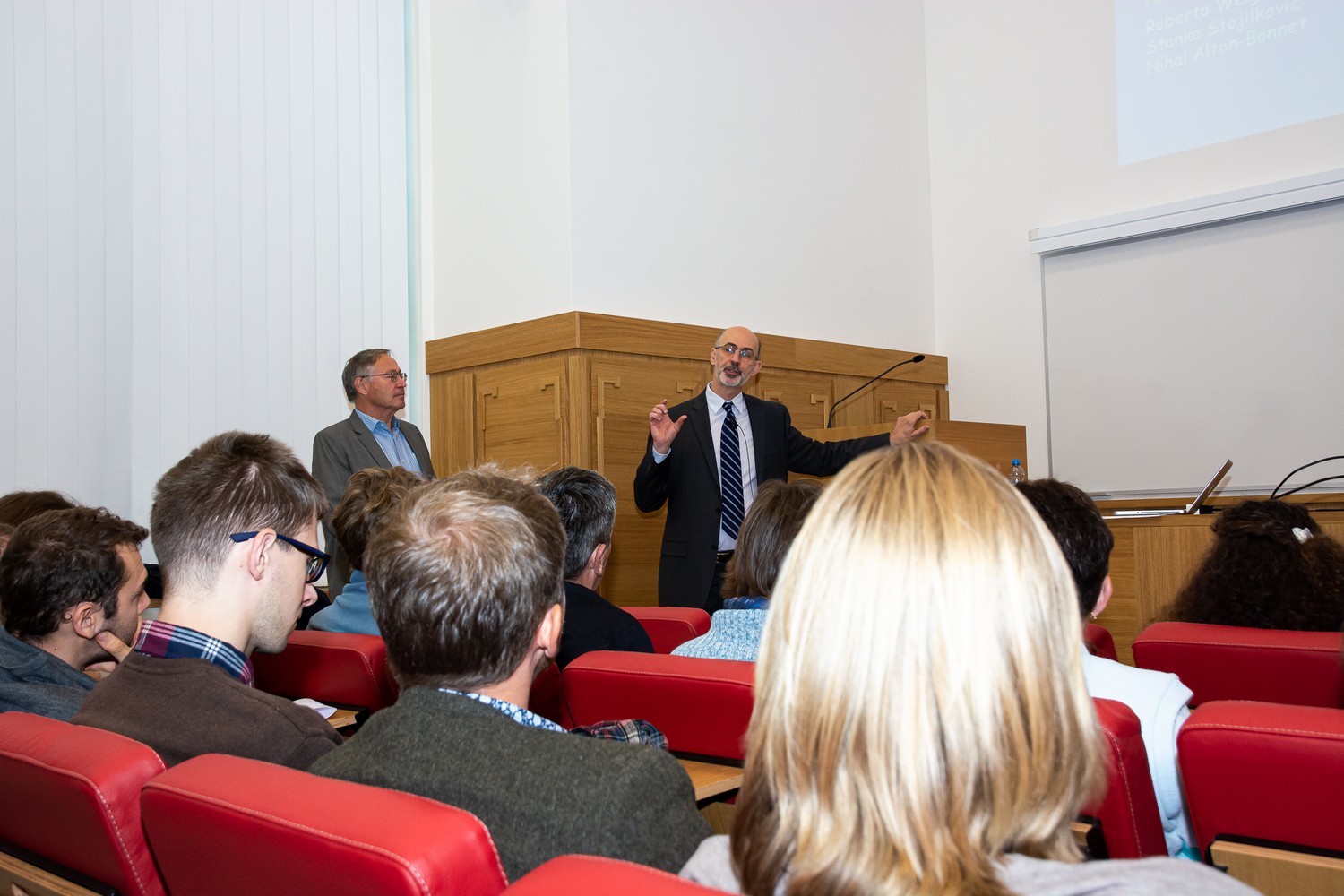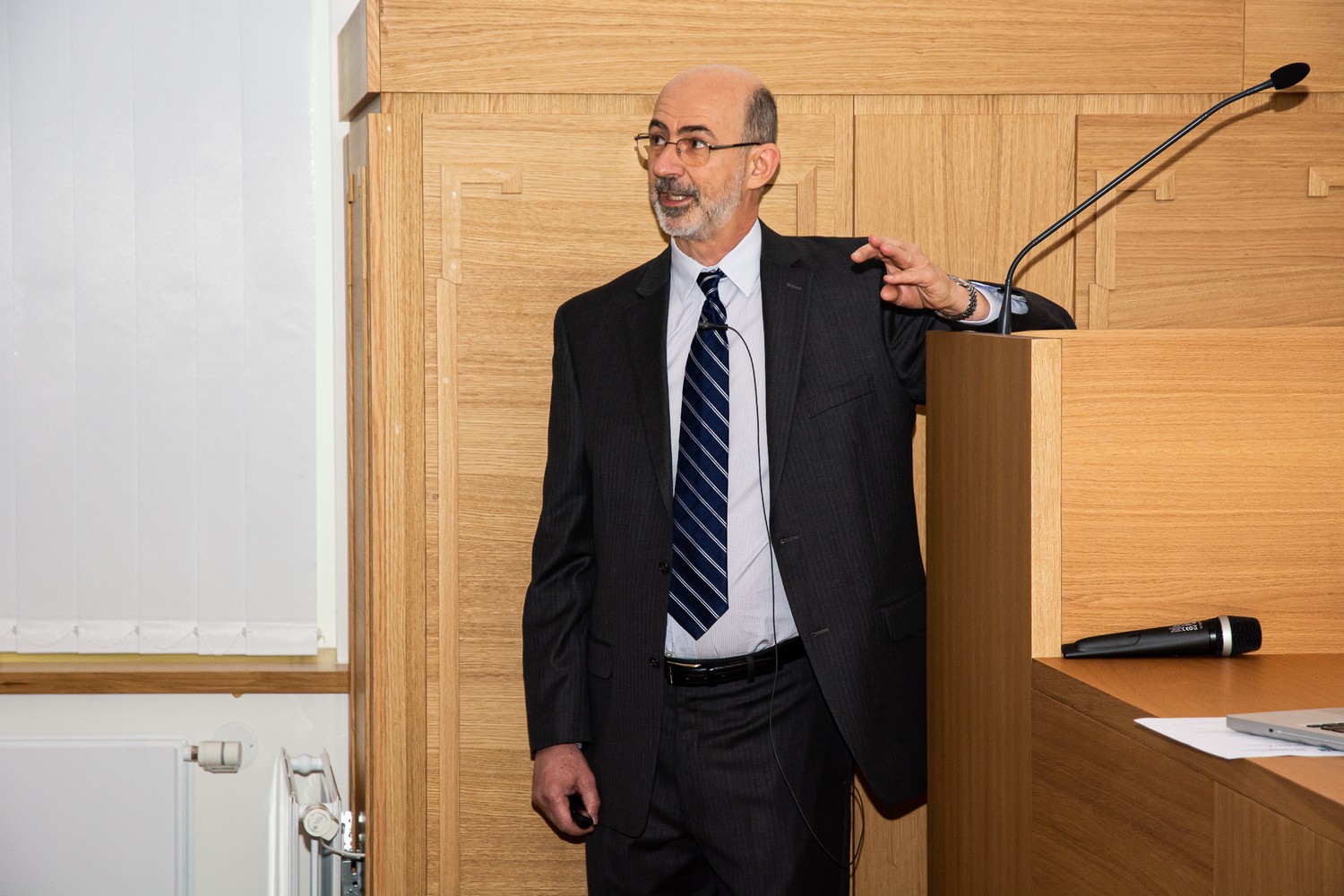
Prof. Tamas Balla (National Institute of Child Health and Human Development, Bethesda, Maryland, USA)
Discovering the Secrets of Inositol Lipid Signals. A Quest that still Holds Many Surprises
Abstrakt
The importance of inositol lipids as signaling molecules was recognized by the mid 70’s after many seminal observation made as early as in the 50’s. Phospholipase C activation by cell surface receptors leading to the hydrolysis of plasma membrane (PM) phosphatidylinositol 4,5-bisphosphate [PI(4,5)P2] and its link to Ca2+ signaling has perfected our understanding of this signaling paradigm by the early 80’s. However, with the genomic era and with the discovery of additional inositol lipid varieties, it has become increasingly apparent that the many enzymes that generate and convert these lipids in a variety of intracellular compartments serve functions that go way beyond the well-understood signaling role at the PM. The highly localized production and fast turnover of these lipids demanded methods that enabled us to visualize and manipulate them with high temporal and spatial resolution in living cells. These new tools revealed an amazing complexity and roles of the lipids in organizing the vesicular trafficking pathways in eukaryotic cells. Enzyme defects affecting inositol lipids have been linked to a variety of diseases and many viruses and other intracellular pathogens are found to require inositol lipids as essential host factors. Phosphatidylinositol 4-kinases (PI4Ks) are the enzymes that generate the lipid, phosphatidylinositol 4-phosphate (PI4P). Since PI4P is the precursor of PI(4,5)P2 in the PM, it has long been assumed that its role was solely to serve as a substrate intermediate. However, PI4P also was found to serve as a signal for the assembly of signaling complexes, such as clathrin adaptors at the Golgi and other internal membranes and thereby control vesicular trafficking. More recently, PI4Ks started to emerge as major regulators of non-vesicular lipid transfer in membrane contact sites between organelles. The four distinct mammalian PI4Ks appear to function in distinct membranes and control different aspects of these cellular functions. This presentation will cover some historical aspects of our contributions to this research field and will highlight our current work and the exciting new directions that may change our whole perspective on the principles governing regulation of the so many cellular functions by this class of lipid messengers.
